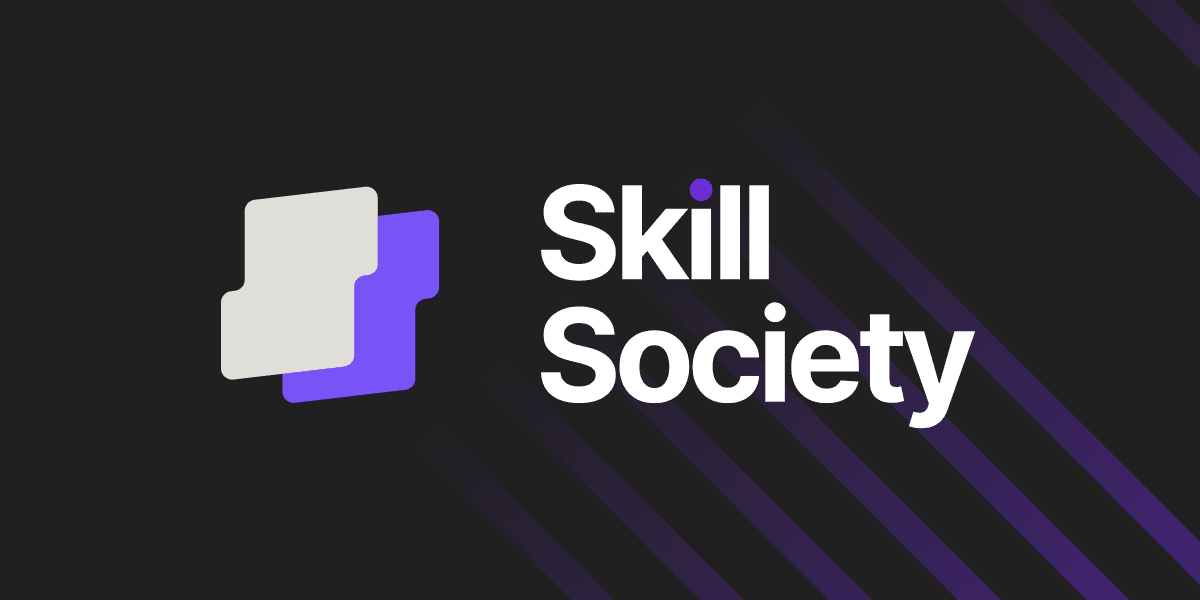How to Use Skill Society (Step‑by‑Step)


Hiring shouldn’t feel like admin. Skill Society turns applications into real conversations with a simple, modular workflow you can run in minutes. This guide walks you through the essentials — from first setup to signed offer.
Visit: skillsociety.com.au
Before you start (5‑minute checklist)
- A clear Job Description (JD) with must‑haves and nice‑to‑haves
- Your availability (or a connected calendar)
- Pre‑qualification rules for quick decisions
- A reference question set you’re happy to reuse
- Credits in your account (pay‑as‑you‑go; no lock‑in)
Tip: Keep the JD tight. The clearer the must‑haves, the faster the shortlist.
1) Create your role
- Start a new role and paste your JD.
- Add a Role Brief: title, core requirements, salary band, location, and any must‑have certifications.
- Choose your workflow modules: Pre‑Qual → Scheduling → On‑Demand Voice Screening (Alex) → References.
Outcome: A clean, reusable role template without the fluff.
2) Set your Pre‑Qual Rules (decision matrix)
Define how applicants move to Qualified / Pending / Disqualified.
- Must‑haves: non‑negotiables (e.g., full working rights, licence, years of experience).
- Nice‑to‑haves: bonus points that lift someone into an interview.
- Knock‑outs: hard blockers (e.g., location limits, missing ticket).
Good pattern:
- 3–6 must‑haves
- 2–4 nice‑to‑haves
- 1–3 knock‑outs
Pending = “let a human decide.” Use it sparingly to keep momentum high.
3) Candidate comms & branding
- Customise emails and messages (tone, instructions, privacy notes).
- Add a short “What to expect” section so candidates aren’t guessing.
- Optional: link to your values or team intro page.
Outcome: Fewer questions, better show‑up rates, stronger experience.
4) Go live
- Publish the role and share the unique apply link wherever you advertise (job boards, careers page, LinkedIn, internal referrals).
- Applications start flowing through your Pre‑Qual Rules instantly.
Outcome: Noise filtered; signal surfaced.
5) Scheduling without the ping‑pong
Choose one or both:
- On‑Demand: candidates can speak with Alex immediately — ideal for speed and volume.
- Book a time: candidates see your availability and pick a slot (no email back‑and‑forth).
Outcome: First conversations within hours, not days.
6) Voice screening with Alex (optional but powerful)
- Candidates answer role‑specific, fair questions in a natural conversation.
- We record and transcribe, so you can be fully present later.
- You receive a concise Evidence Pack: key quotes (with timestamps), clips, and a short summary.
Outcome: Comparable insight across applicants — beyond résumés.
7) Review & shortlist
Use the Evidence Pack next to each candidate:
- Check must‑have coverage fast.
- Skim timestamped quotes for proof, not vibes.
- Add notes and tag stakeholders.
- Move to Interview, Hold, or Pass.
Outcome: Alignment across the hiring team without another meeting.
8) Run reference checks (digital, consistent)
- Send your structured question set.
- Track responses in one place.
- Export the output for your ATS or approvals.
Outcome: A consistent, fair reference trail that’s easy to share.
9) Decide & close
- Compare finalists by the same criteria you set at the start.
- Share the final Evidence Pack with decision‑makers.
- Mark Hired and archive the role or duplicate it for the next opening.
Outcome: Confident, defensible decisions — and a process you can repeat.
Best‑practice playbooks
A) High‑volume roles (retail, contact centre, hospitality)
- Keep must‑haves short and clear.
- Use On‑Demand + auto‑scheduling for speed.
- Send reminders; drop‑off decreases when comms are clear.
B) Specialist roles (engineering, compliance‑heavy)
- Ask Alex scenario‑based questions that reveal judgment.
- Keep notes next to timestamped quotes for board/HR sign‑off.
- Use Pending carefully to protect fairness.
C) Startups & lean teams
- Reuse role templates.
- Credits let you scale up/down with hiring spikes.
- Share Evidence Packs with founders to decide quickly.
Integrations & data handling
- Plays nicely with your existing stack (bring your own ATS if you like).
- Password‑less sign‑in (magic links + one‑time codes).
- Audit trail for access and edits.
- Export on request; archive or erase by agreement.
- Built with ISO 27001 / SOC 2 practices in mind.
Troubleshooting quick wins
- No‑show risk? Send a short “what to expect” email 24 hours before.
- Low apply‑to‑interview rate? Loosen one must‑have or add a Pending path.
- Timezone clashes? Offer On‑Demand to keep momentum.
- Too many Pendings? Tighten rules; clarify knock‑outs.
- Stakeholder drift? Share the Evidence Pack early.
FAQs
Do I need an ATS?
No. Use Skill Society standalone or alongside your ATS.
Does this replace recruiters?
No. We provide the rails; you own the relationships and decisions.
How does pricing work?
Credits, not contracts. Pay for what you use; pause anytime.
What about privacy and security?
Password‑less access, audit logs, and secure hosting with compliant providers.
Next steps
- Have a look: skillsociety.com.au
- See it live: Book a Demo
- Try it hands‑on: Free Trial
Built for people who hire people — proudly Australian, proudly practical.
